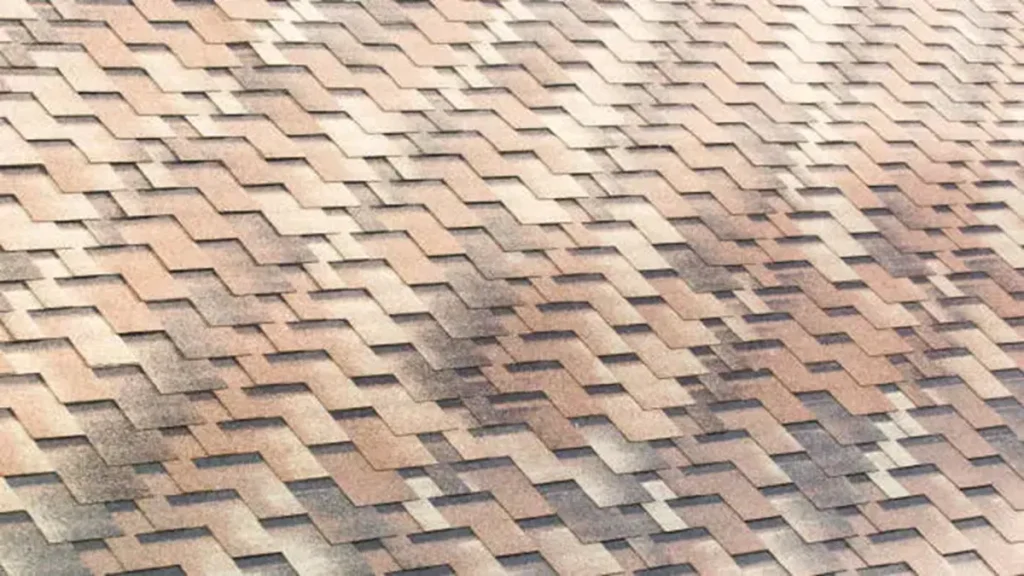When the summer sun beats down on your roof day after day, it is natural to wonder—can extreme heat damage your shingles? The answer is yes, and the effects can be more serious than many homeowners realize. As temperatures climb, the materials on your roof, especially asphalt shingles, begin to deteriorate faster. Prolonged heat exposure weakens their structure, causes curling or cracking, and even shortens the overall lifespan of your roofing system. For homeowners seeking long-term value and durability, understanding the relationship between heat and shingle performance is essential. Whether you are considering a complete replacement, maintenance check, or flat roof repair, this guide breaks down how heat affects shingles and what you can do to protect your roofing in Ottawa.
How extreme heat impacts shingle performance
1. Surface degradation and blistering
High temperatures cause shingles to expand. When paired with intense UV rays, this expansion breaks down the protective granules on the surface. Over time, shingles may blister, bubble, or shed granules, reducing their ability to deflect sunlight and water.
2. Drying and cracking
As shingles absorb heat, the asphalt layer can dry out and become brittle. This increases the risk of cracking, especially on older roofs or in areas with poor ventilation. Once cracks appear, water infiltration becomes a major concern.
3. Curling and warping
Constant exposure to heat causes the edges of shingles to curl or warp. Curled shingles are more likely to be lifted by the wind, which increases the risk of shingle loss and interior leaks. This is a common issue for homes in Ottawa, especially when attic ventilation is inadequate.
Warning signs of heat-damaged shingles
Identifying early symptoms of damage is crucial to prevent larger, costly issues. Signs to look for include:
- Shingle edges lifting or curling
- Patches of missing or loose granules
- Surface bubbles or blistering
- Discoloration or uneven coloring on the roof
- Increased indoor temperatures and poor attic airflow
If you spot any of these issues, a prompt inspection can save you from major repairs. Flat roof repair and timely maintenance may be enough to restore safety and functionality without needing a full replacement.
Preventative measures for Ottawa homeowners
1. Schedule regular inspections
Ottawa’s fluctuating climate can place stress on all roofing types. Bi-annual roof inspections are recommended, particularly during the spring and late summer. Professional roofing companies in Ottawa can assess and catch issues early.
2. Improve attic ventilation
Good ventilation regulates temperature in your attic and reduces thermal stress on shingles. Ensure your attic has sufficient intake and exhaust vents to promote consistent airflow.
3. Choose heat-resistant materials
If you are considering a replacement, invest in shingles designed to withstand high temperatures and UV rays. Some shingles have reflective properties that help minimize heat absorption.
Do not wait for heat damage to escalate
Extreme heat is not just uncomfortable—it can silently ruin your shingles over time. Safeguarding your home starts with being informed and taking prompt action. From identifying early warning signs to scheduling regular inspections, every step counts. If your roof shows signs of stress, reach out to local experts who specialize in flat roof repair and trusted roofing in Ottawa. Your roof is your first line of defense—make sure it is ready for the next heat wave.

